Analysing your audience: stakeholder mapping and personas
27.03.23


27.03.23

For all businesses, it is important to connect closely with your audience and ultimately convince them to buy your product or service. But if you don’t understand who your audience is, what they want, and how they make decisions, you’re going to have a hard time making those sales.
This is why audience analysis is so important. By taking the time to understand your audience, you can create marketing campaigns and sales pitches that really resonate with them. You can speak their language, address their pain points, and offer solutions that meet their specific needs.
Here is where getting to know your stakeholder plays a key role. The term “stakeholder analysis” might sound a bit dry and technical, but trust us, it’s an important concept that’s worth understanding.
In a nutshell, stakeholder analysis is a process of identifying and analysing the people, groups, and organisations that are affected by or can affect a particular project, policy, or decision (especially buying decisions). By understanding the interests, concerns, and power dynamics of these stakeholders, you can better anticipate their reactions and design strategies to engage, communicate, and collaborate with them effectively.
Whatever your business, stakeholder analysis can help you navigate the complex and often conflicting interests of different groups and individuals.
Stakeholder analysis is all about figuring out who’s involved in a particular project or decision, and what they care about. In marketing and communications, stakeholder analysis is key because it helps you tailor your messaging and approach to different audiences that will likely have different requirements, challenges and attitudes.
Performing a comprehensive stakeholder analysis can help you anticipate reactions, build trust, make better decisions, improve communication, and enhance your reputation.
There are several popular ways of performing stakeholder analysis:
These are just a few examples of the many ways you can perform stakeholder analysis. The best approach will depend on your specific situation and goals.
Stakeholder analysis is all about understanding who matters to your business or project, and how they’re impacted by what you’re doing. Personas can be a helpful tool for getting more specific about these stakeholders and really understanding what makes them tick.
Basically, personas are like detailed profiles of specific groups of stakeholders. You create them by doing research and gathering data about the people you want to engage with. This might include demographic information like age, gender, and location, as well as psychographic information like interests, habits, and preferences.
Once you have your personas, you can use them to guide your decision making and outreach. For example, if you’re trying to market a new product to young professionals, you might create a persona for a 28-year-old urbanite who’s into fitness and sustainability. With this persona in mind, you can tailor your messaging and advertising to appeal to this specific audience.
In short, personas can be a powerful way to bring your stakeholder analysis to life and make it more actionable. By understanding your stakeholders on a more personal level, you can develop more effective strategies for engaging with them and achieving your goals.
So there you have it! By taking the time to really understand your audience through stakeholder mapping and creating personas, you’ll be better equipped to craft marketing campaigns and sales pitches that really hit home.
You’ll be able to speak their language, solve their problems, and ultimately make those all-important sales. So don’t skip out on audience analysis – it’s a crucial step to connecting with your customers and growing your business!
Looking to discover more about Defence Media’s services? Take a look here.


Signatories of:


Members of:



Innovation House
Molly Millars Close
Wokingham
RG41 2RX